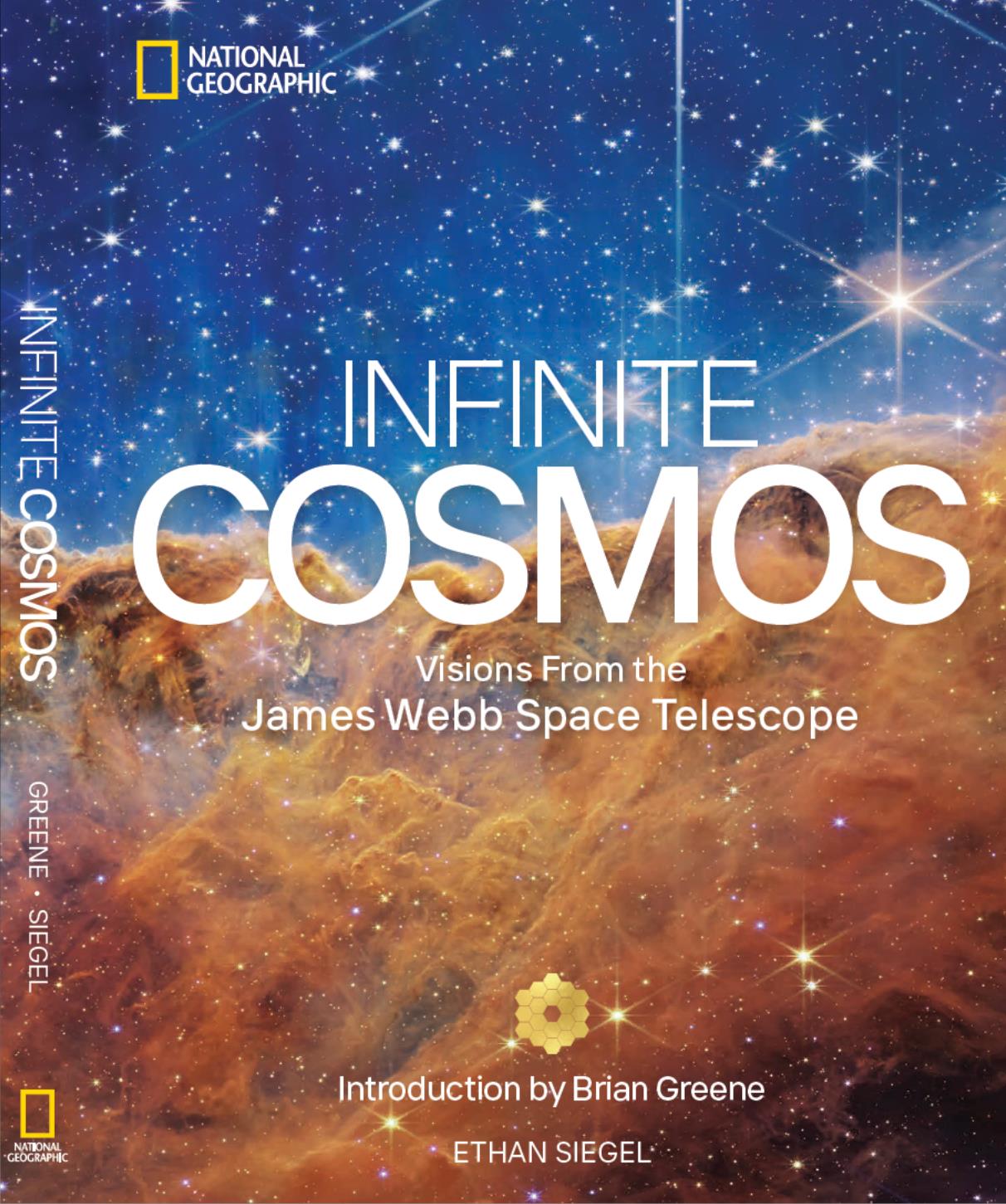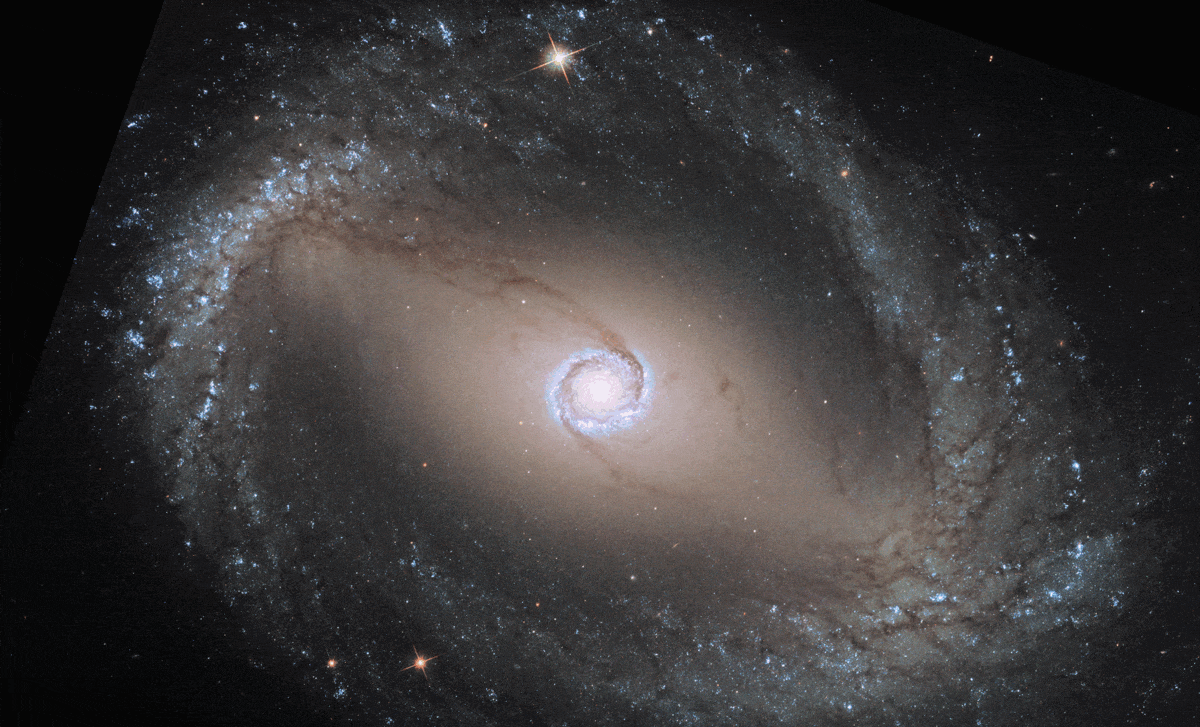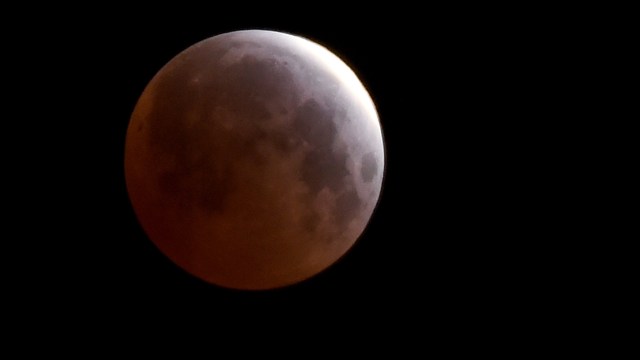Mostly Mute Monday: How to catch a speeding star
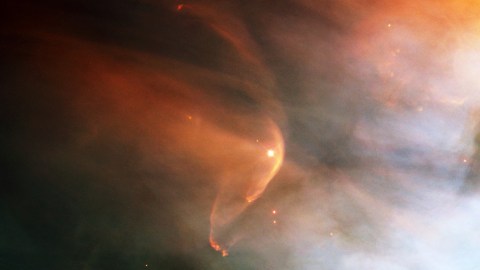
Look for the bow shock, but not just in visible light!
“Most people don’t know what’s happening around them because they’re just speeding through life. And before they know it, they’re just old. So I just try to slow it down.” –Tracy Morgan
Our Sun orbits the galactic center at some 220 km/s (500,000 mph), but moves at the same relative speed as most stars and nebulae.
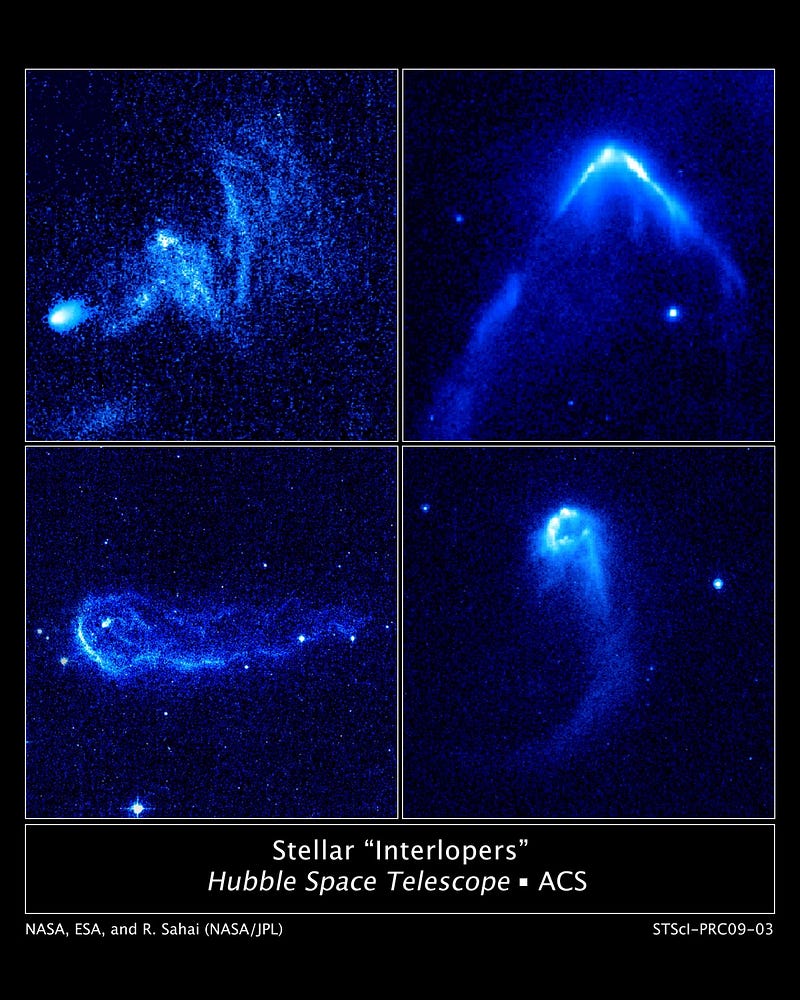
But some stars plow through interstellar space at large relative velocities, smashing into gas clouds and creating bow shocks.
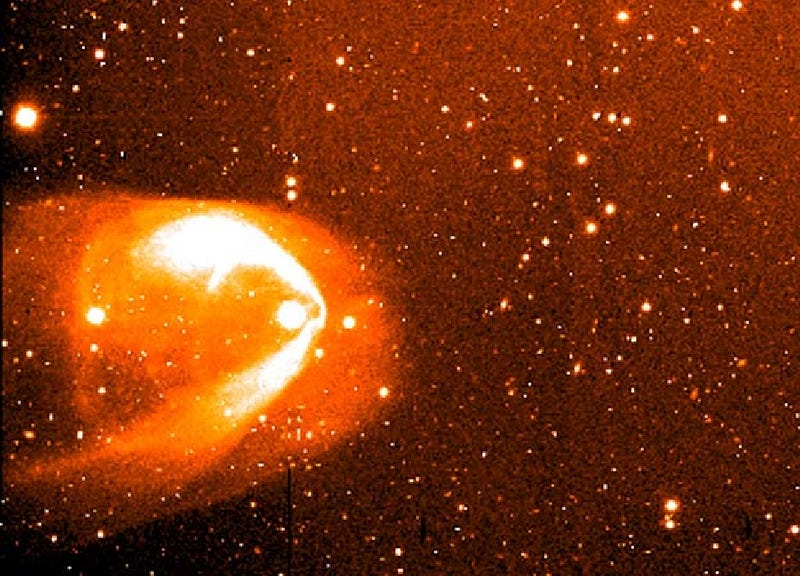
Just like a fast-moving ship creates a “wave” of water in front of it, a fast-moving star builds up material as it plows through stationary gas.
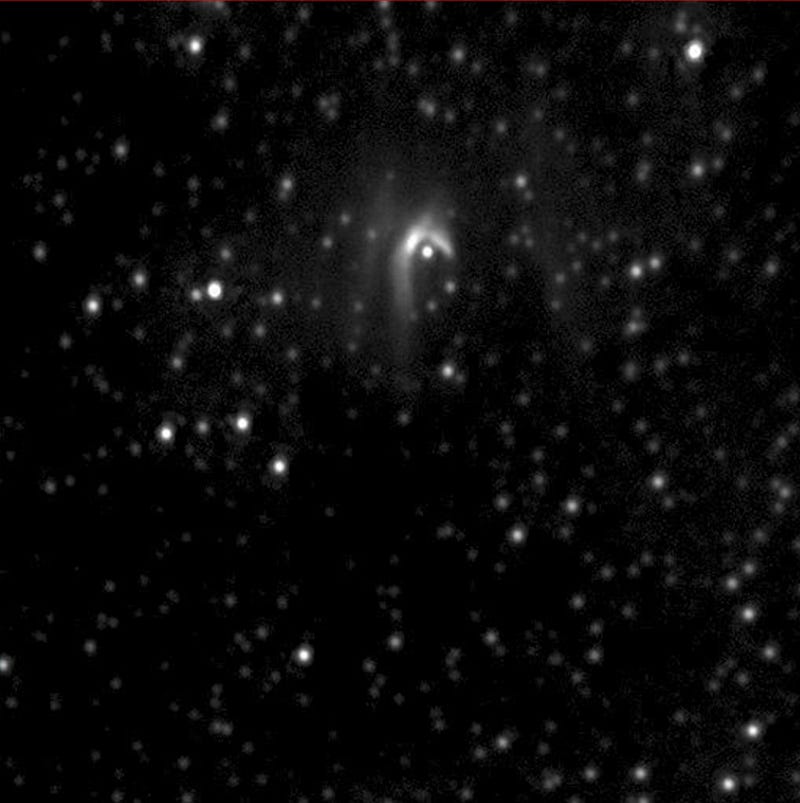
The gas gets compressed by the star’s motion so severely that molecular collisions cause dramatic gas heating.
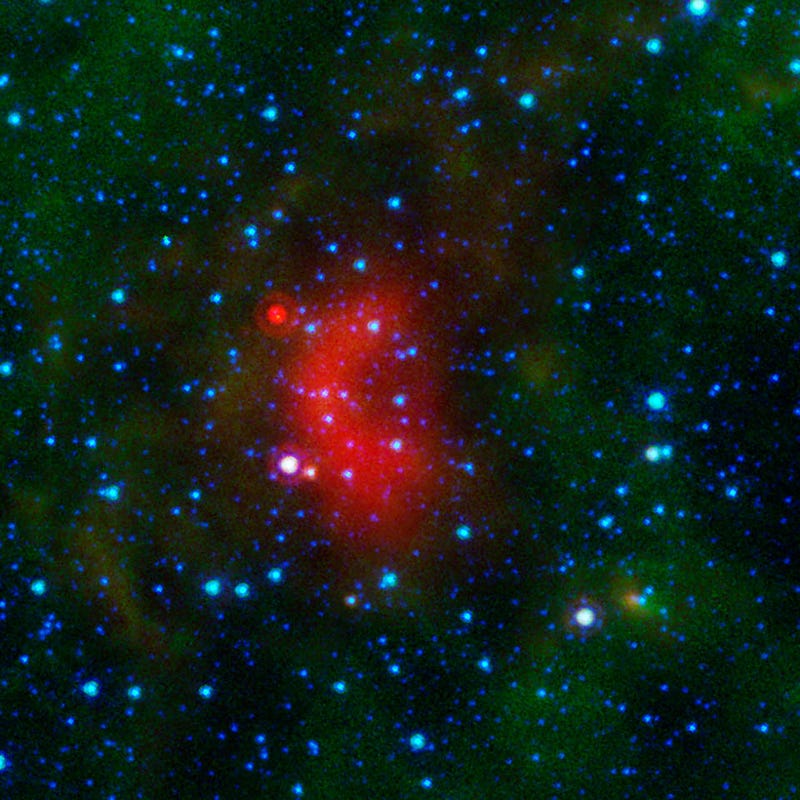
The gas then radiates that heat away, which it does in the infrared or even — at high enough energies — in visible light.
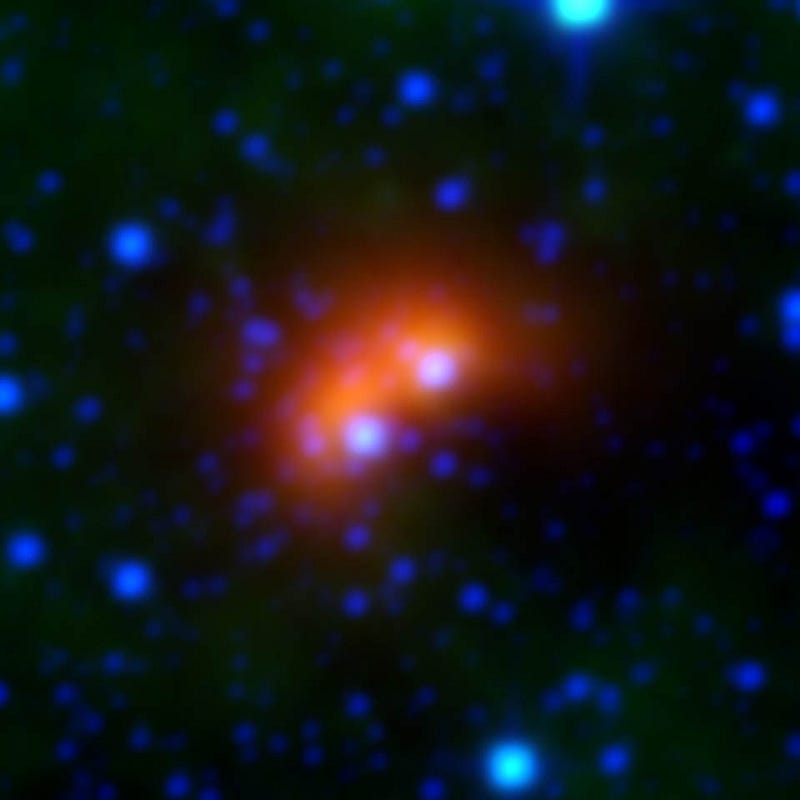
By getting a strong “kick” from an exploding star or a gravitationally bound cluster, these stars obtain large velocities relative to most others in the Milky Way.
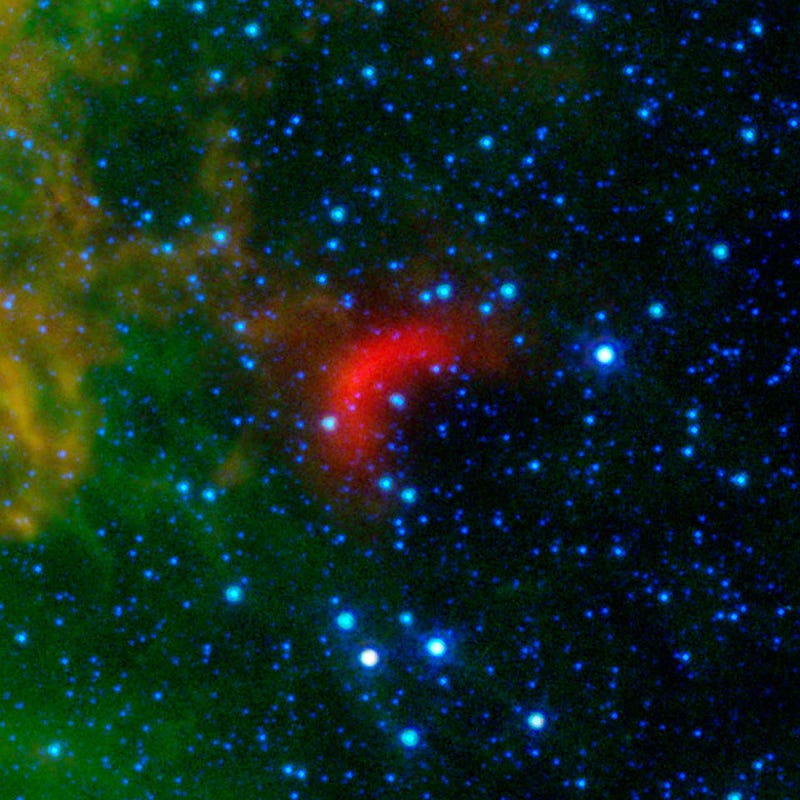
The most massive stars produce the most spectacular shocks, as they pile up the most material.

The best visuals come from WISE and Spitzer, which view these bow shocks at the optimal infrared wavelengths.
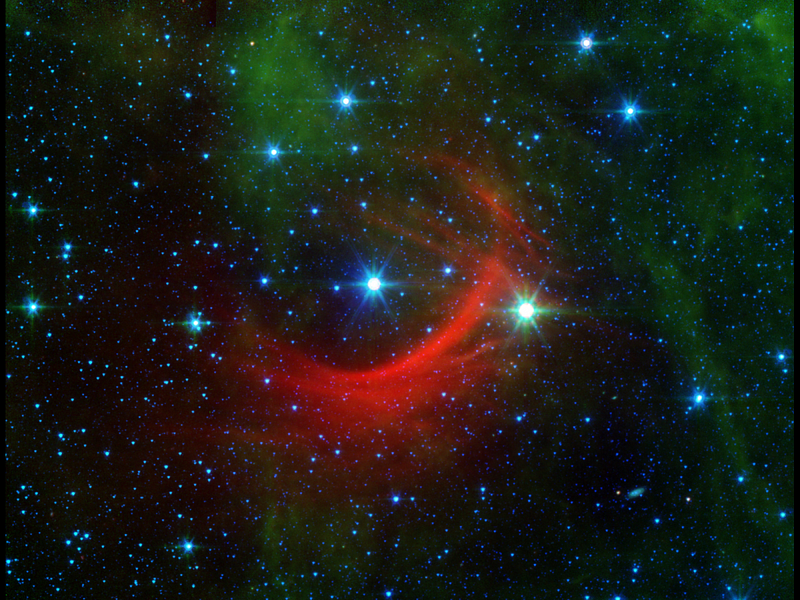
Hundreds of stars like this in the Milky Way are known so far, with perhaps thousands to millions in every galaxy.
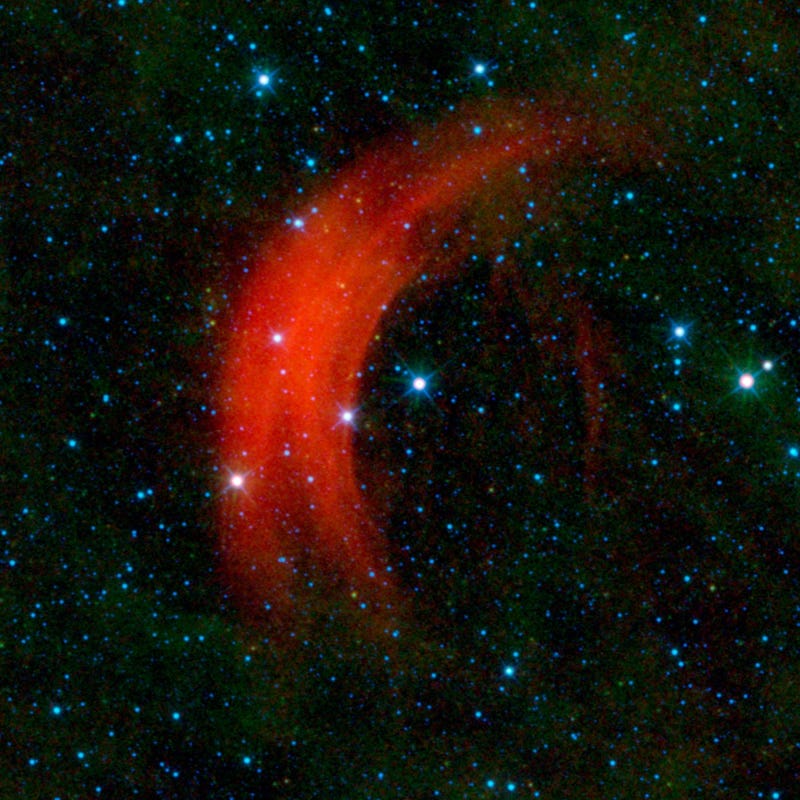
Mostly Mute Monday tells the story of a single astronomical phenomenon or object in visuals, images and video in no more than 200 words.
Leave your comments on our forum, and check out our first book: Beyond The Galaxy, available now, as well as our reward-rich Patreon campaign!



